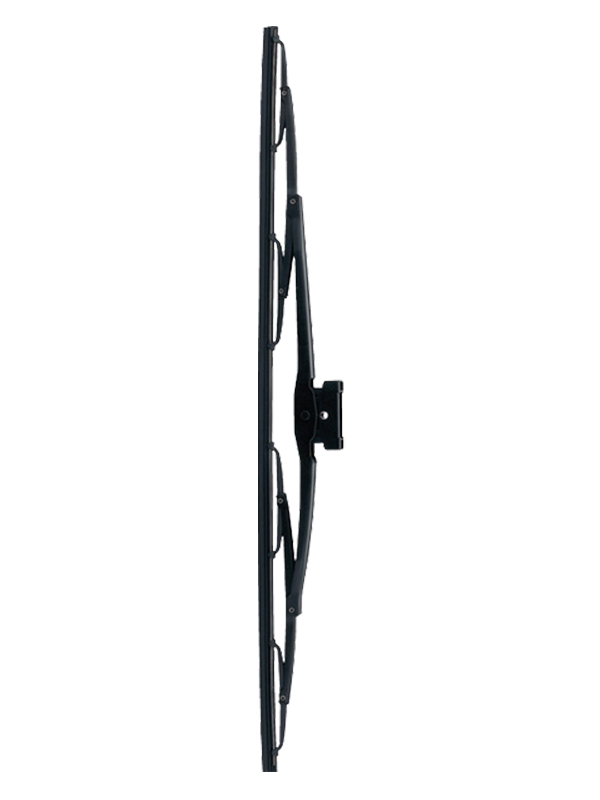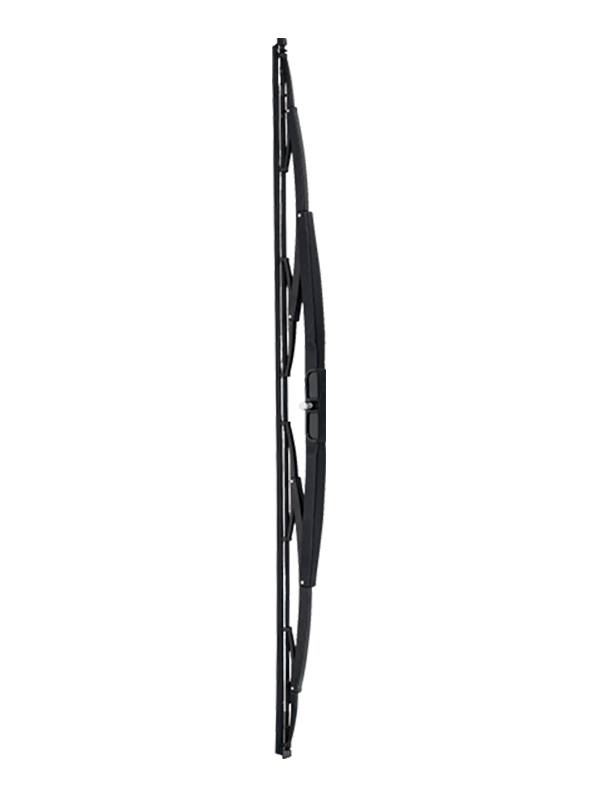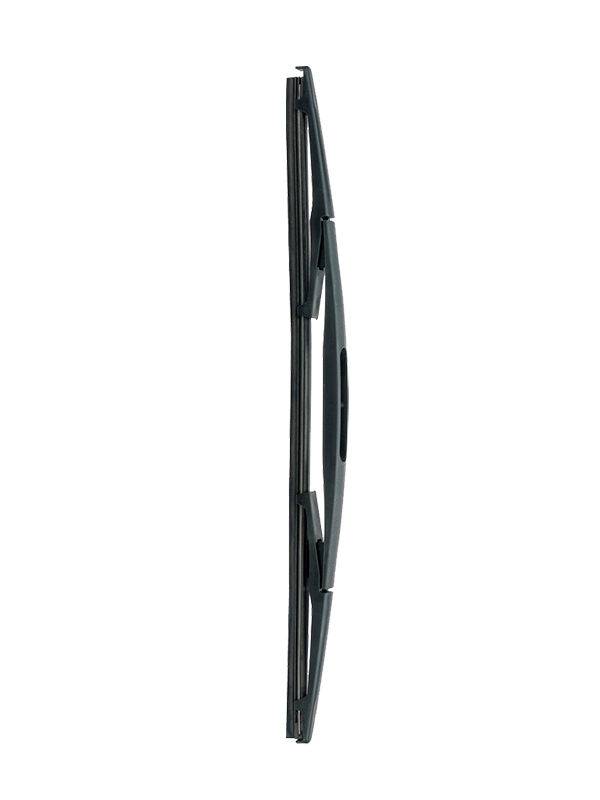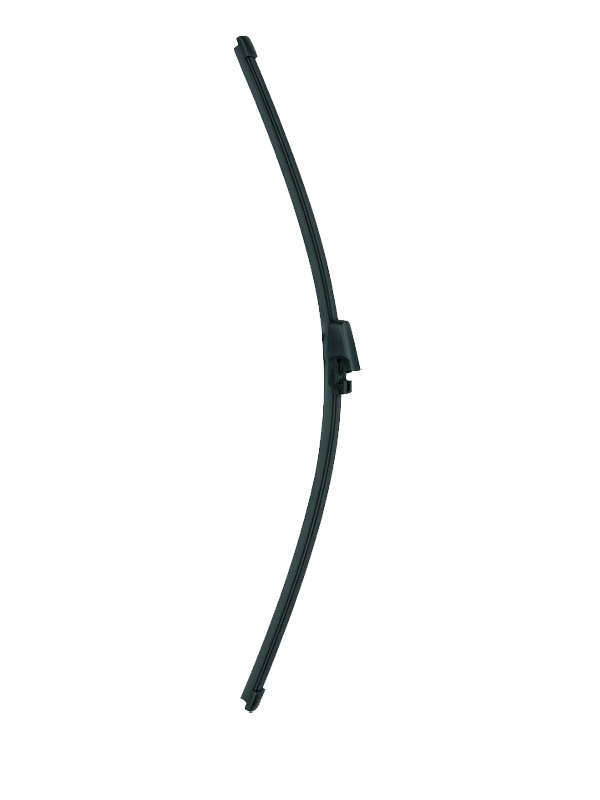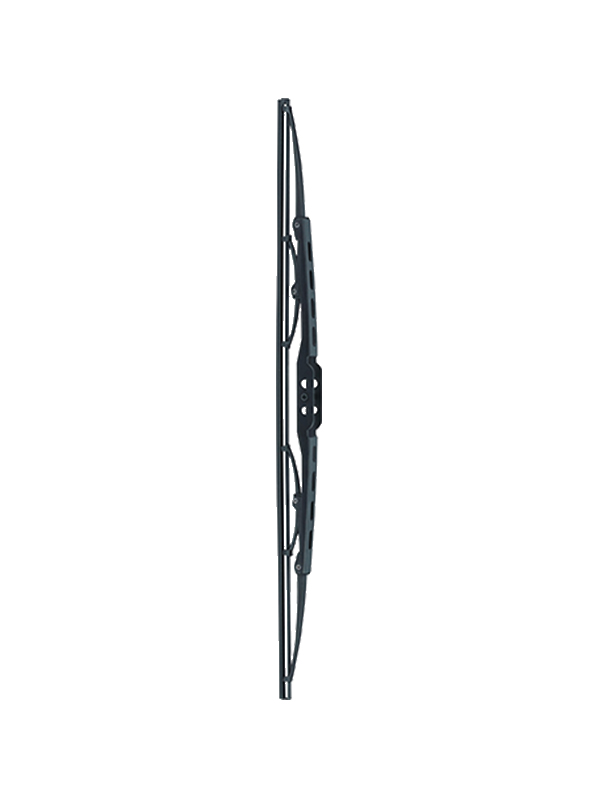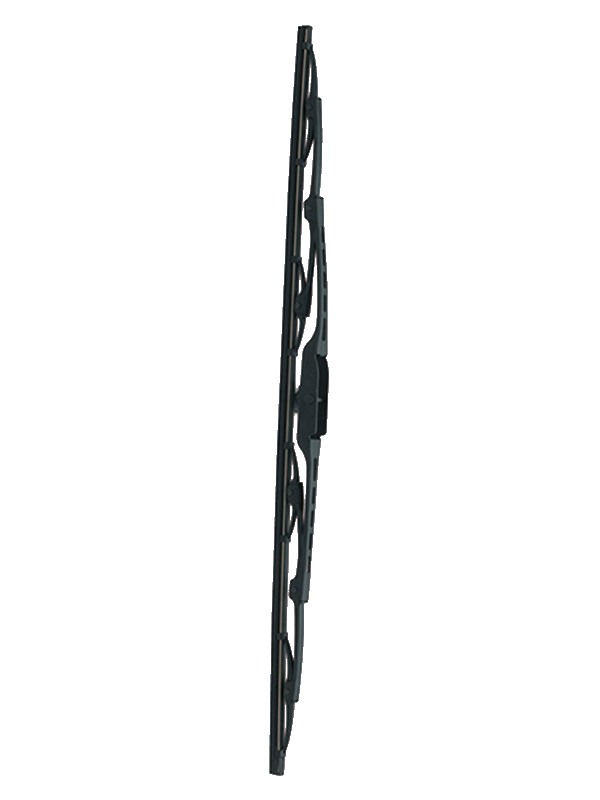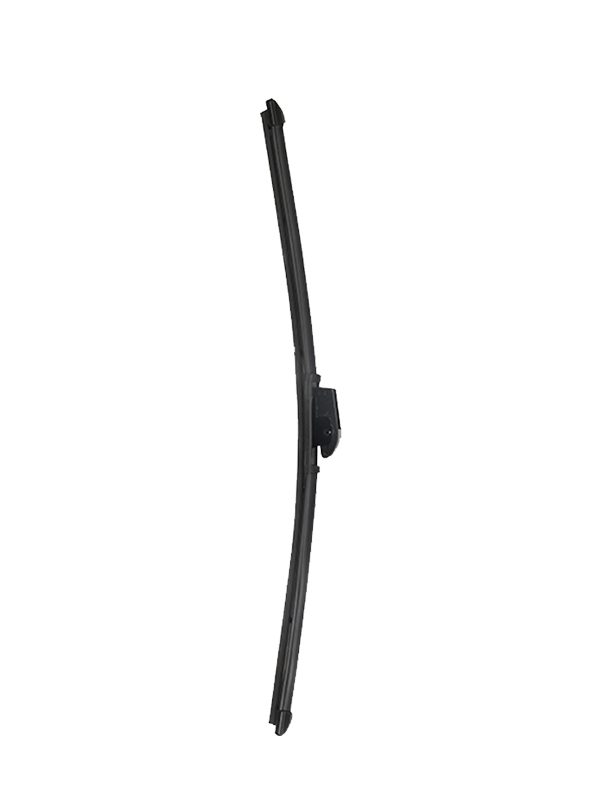Submit feedback
Why Does Metal Wiper Longevity Matter More Than Ever?

Introduction
In modern mechanical systems, the metal wiper has evolved from a simple protective component to a critical element ensuring system longevity and operational precision. Whether applied in automotive wiper assemblies, hydraulic cylinders, or industrial machinery, its role extends beyond cleaning or sealing — it safeguards core mechanisms from wear, contamination, and performance degradation. As industries demand higher reliability and longer service life, the durability of the metal wiper becomes the defining feature that determines product quality and competitiveness among metal wiper manufacturers worldwide.
The Core Functionality of Metal Wipers
Metal wipers are designed to remove contaminants such as dust, moisture, or debris from sensitive surfaces or moving shafts. Their metallic frame provides rigidity and resistance to deformation, while the contact element — often rubber, polyurethane, or polymer-coated steel — performs the actual wiping or sealing action.
Durability becomes a determining factor in this dual structure. The wiper must maintain consistent pressure and alignment under variable loads, temperatures, and environmental conditions. In hydraulic systems, for instance, a metal wiper seal prevents abrasive particles from entering the cylinder, preserving the surface finish and preventing premature seal failure.
Material Composition and Its Role in Longevity
The foundation of durability lies in the material selection. Traditional rubber or plastic wipers often degrade under ultraviolet exposure, chemical contact, or mechanical stress. Metal wipers, however, leverage stainless steel, hardened aluminum, or coated alloys to maintain mechanical integrity even in aggressive environments.
| Material Type | Characteristics | Typical Application |
|---|---|---|
| Stainless Steel (AISI 304/316) | Corrosion-resistant, high tensile strength | Automotive wiper frames, marine machinery |
| Hardened Aluminum Alloy | Lightweight, moderate strength, oxidation-resistant | Precision instruments, light vehicles |
| Coated Carbon Steel | Cost-effective, high rigidity with protective layer | Industrial equipment, hydraulic cylinders |
| Polyurethane-Bonded Metal | Enhanced sealing, chemical resistance | Heavy-duty hydraulic systems |
These materials, chosen by advanced metal wiper manufacturers, ensure not only mechanical endurance but also adaptability across sectors — from transportation to construction machinery and automation systems.
Structural Design Enhancing Service Life
The durability of a metal wiper is not determined by material alone. Structural design, particularly the interface between the metal frame and wiping lip, significantly influences functional lifespan. The use of precision-formed geometries ensures even pressure distribution, minimizing local wear.
Some designs employ a metal framed wiper blade with a replaceable rubber lip, allowing easy maintenance without compromising the supporting frame. In hydraulic applications, the metal wiper seal features a finely machined edge that scrapes contaminants effectively while maintaining minimal friction.
Moreover, anti-vibration structures and noise-reduction grooves are increasingly integrated into modern metal wipers. This enhances operational stability, especially under fluctuating dynamic loads and thermal expansion.
Surface Treatment and Corrosion Resistance
Durability in metal wipers is directly related to corrosion control. Without surface protection, even high-grade metals are prone to oxidation or pitting in humid or chemical environments. Therefore, surface treatments have become a crucial engineering focus.
Common surface treatment processes include:
Electroplating and anodizing – improve corrosion resistance and enhance visual finish.
Powder coating – adds a uniform protective layer against abrasion and chemical attack.
Nitriding or hard coating – used for wear resistance in hydraulic and industrial systems.
These treatments significantly extend operational life and maintain consistent wiping efficiency under temperature variations, particularly in metal wipers for hydraulic cylinders and heavy-duty industrial machines.
Manufacturing Precision and Quality Control
For metal wiper manufacturers, achieving long-term durability depends on precision manufacturing. The integration of CNC machining, laser cutting, and automated forming ensures dimensional accuracy and repeatable performance.
Quality control standards focus on:
Dimensional tolerance – ensuring uniform fit and sealing pressure.
Hardness consistency – preventing premature deformation or fracture.
Surface finish quality – reducing friction and noise during operation.
Coating adhesion tests – validating corrosion protection reliability.
In industries such as automotive and hydraulic engineering, manufacturers often implement endurance testing simulating millions of wiping cycles. These validation protocols ensure that each metal wiper can maintain stable performance through extended operational life.
Environmental and Operational Adaptability
Durability also means versatility across conditions. A well-engineered metal wiper must maintain its sealing or wiping efficiency under:
High temperature ranges (−40 °C to +150 °C)
Exposure to hydraulic oil, solvents, or dust particles
Continuous vibration and pressure cycles
The metal wiper blades with rubber lips are optimized for both tropical humidity and subzero climates, maintaining structural rigidity while preventing cracking. Similarly, metal wiper seals with polyurethane bonding resist swelling or delamination under prolonged fluid exposure.
The adaptability of these components ensures stable operation across automotive, marine, and industrial platforms, contributing to system reliability and maintenance cost reduction.
The Emerging Trend: Sustainable and Smart Manufacturing
Durability today is not limited to endurance but extends to sustainability. Modern metal wiper manufacturers are shifting toward recyclable materials, energy-efficient production, and waste-minimized coating processes.
Key innovations include:
Recyclable stainless-steel frames to reduce environmental impact.
Low-emission coating technologies that minimize chemical waste.
Smart inspection systems that detect micro-defects in metal surfaces.
Furthermore, predictive manufacturing supported by AI and IoT systems allows real-time quality monitoring. By detecting early variations in metal hardness or coating thickness, manufacturers can ensure consistent product reliability without manual intervention.
Comparison of Durability Factors
| Durability Factor | Influence on Performance | Impact on Maintenance |
|---|---|---|
| Material hardness | Enhances resistance to deformation | Reduces replacement frequency |
| Surface treatment | Prevents corrosion and pitting | Extends lifespan in harsh environments |
| Design geometry | Ensures uniform contact and pressure | Improves wiping consistency |
| Manufacturing precision | Guarantees dimensional stability | Simplifies assembly and fit |
| Environmental adaptability | Maintains performance in varied climates | Prevents functional failure |
Each factor reinforces the wiper’s overall endurance, and when combined, they define the technological frontier of next-generation metal wipers.
Market Implications and Industrial Outlook
The global demand for metal wipers continues to rise with the expansion of automation, electric vehicles, and precision hydraulic equipment. As machines become more compact and high-performing, tolerance margins narrow — amplifying the importance of components that deliver consistent reliability.
Manufacturers focusing on durable and sustainable metal wiper solutions will hold a strategic advantage. Products such as heavy-duty metal wiper blades for cars and polyurethane-bonded metal wiper rings are already aligning with the global shift toward maintenance-free systems.
Moreover, the integration of smart materials capable of self-lubrication or adaptive tension control is expected to redefine durability benchmarks in the next decade.
Conclusion
Durability stands at the heart of the evolving metal wiper industry. It embodies material science innovation, precision engineering, and environmental responsibility. Every aspect — from metal selection to coating process — converges toward the same goal: ensuring longer service life, higher stability, and consistent performance across demanding environments.


 English
English  中文简体
中文简体 

